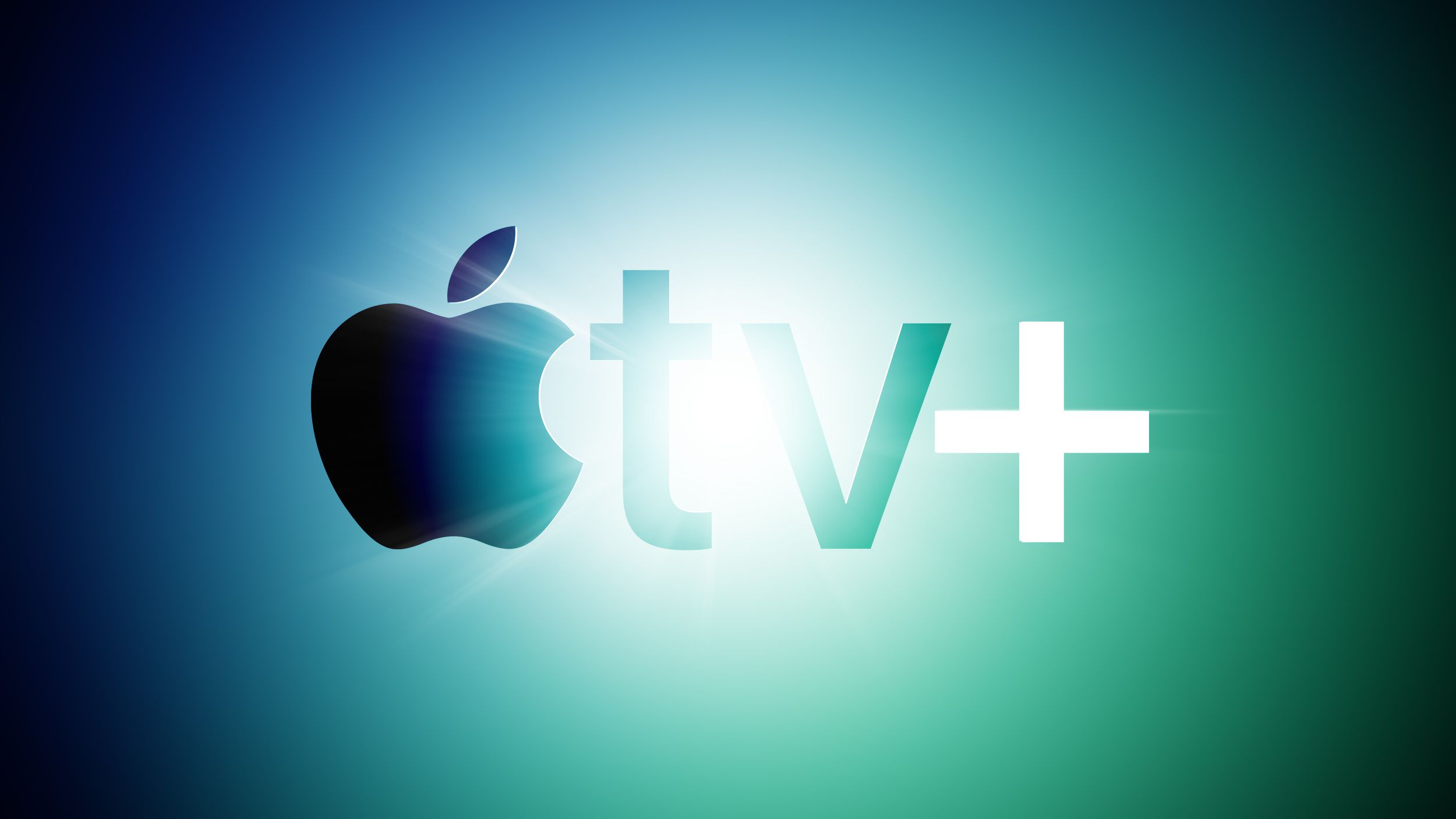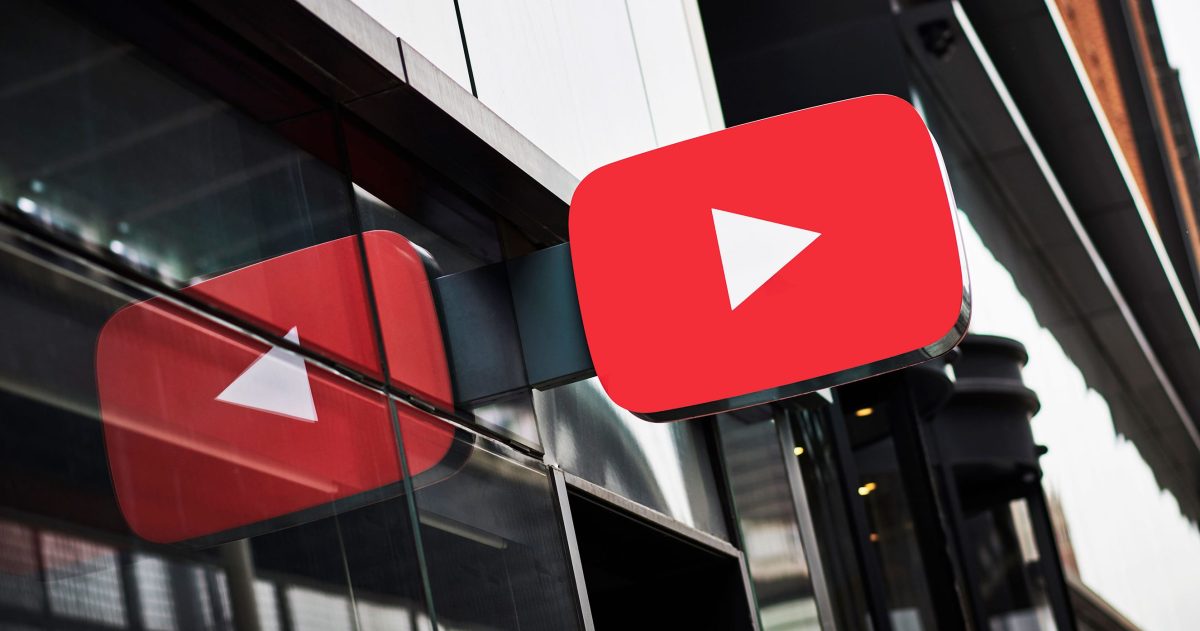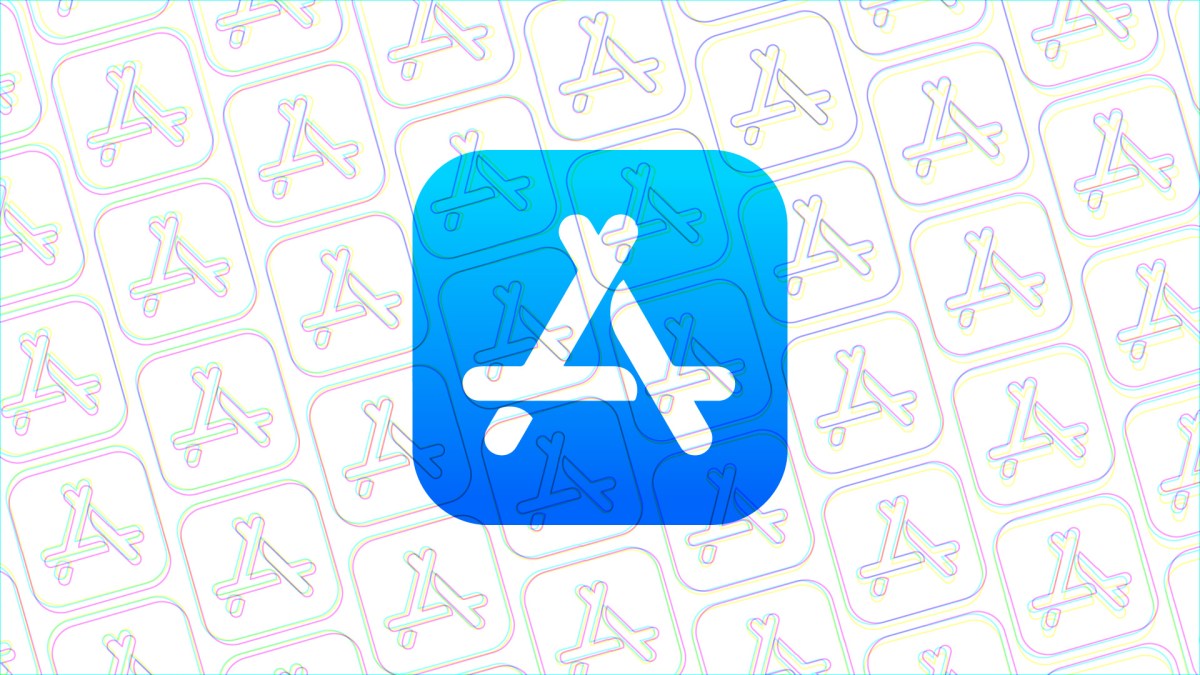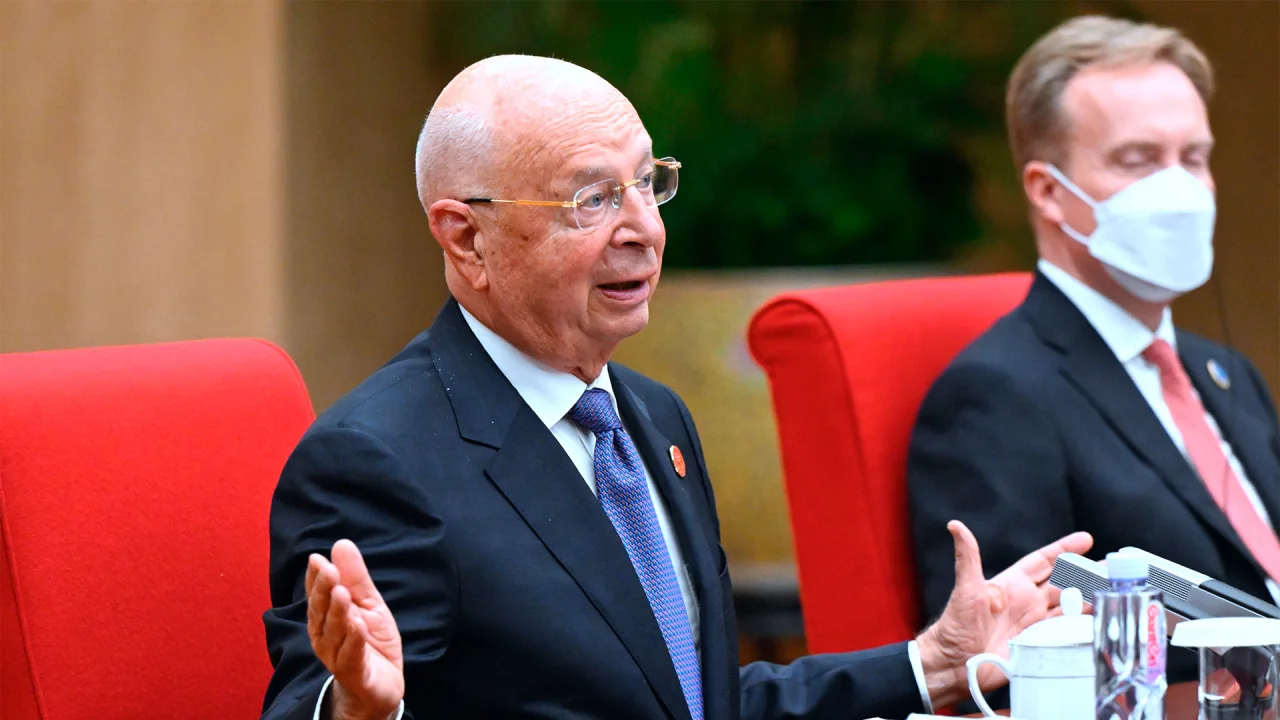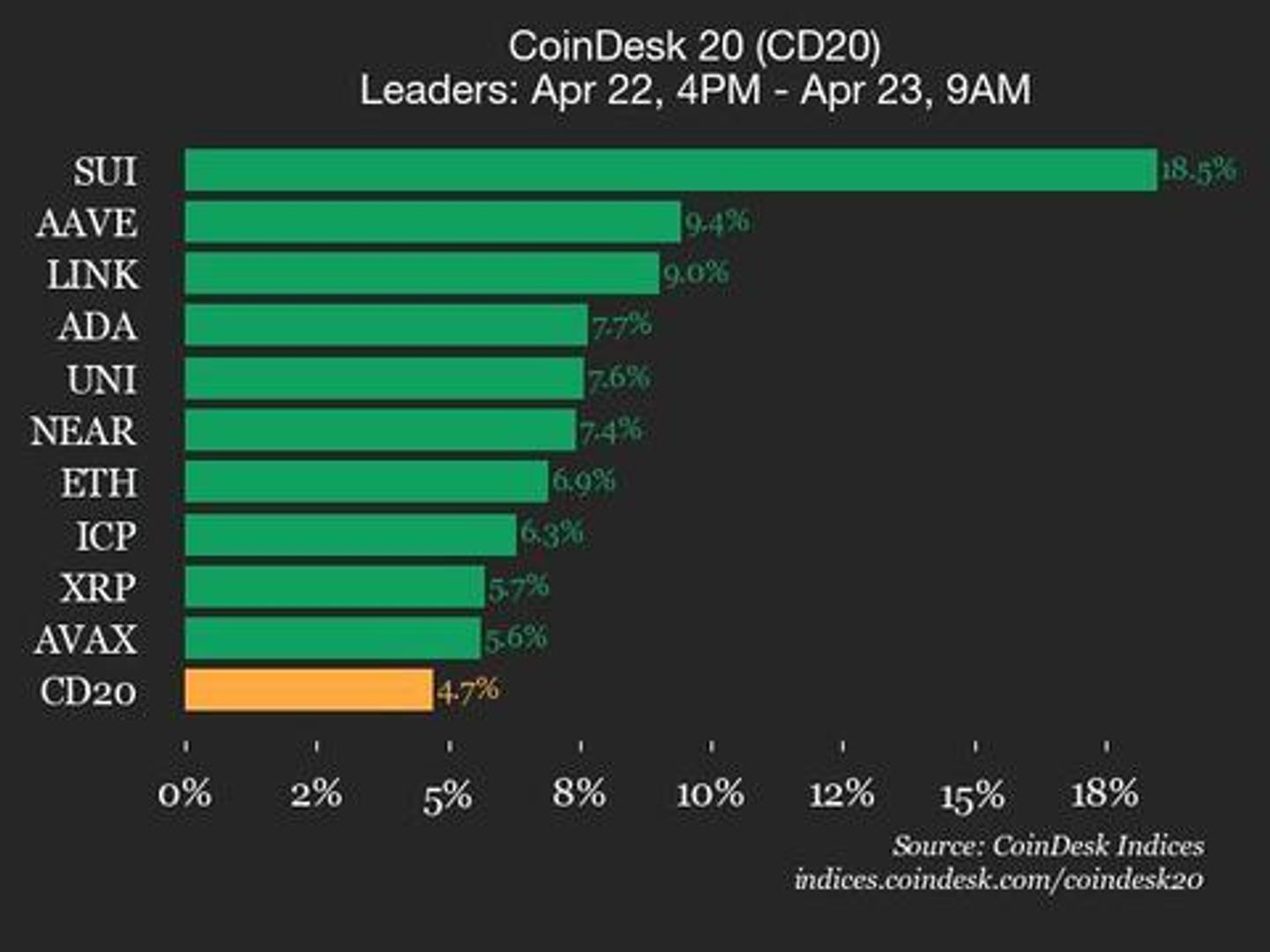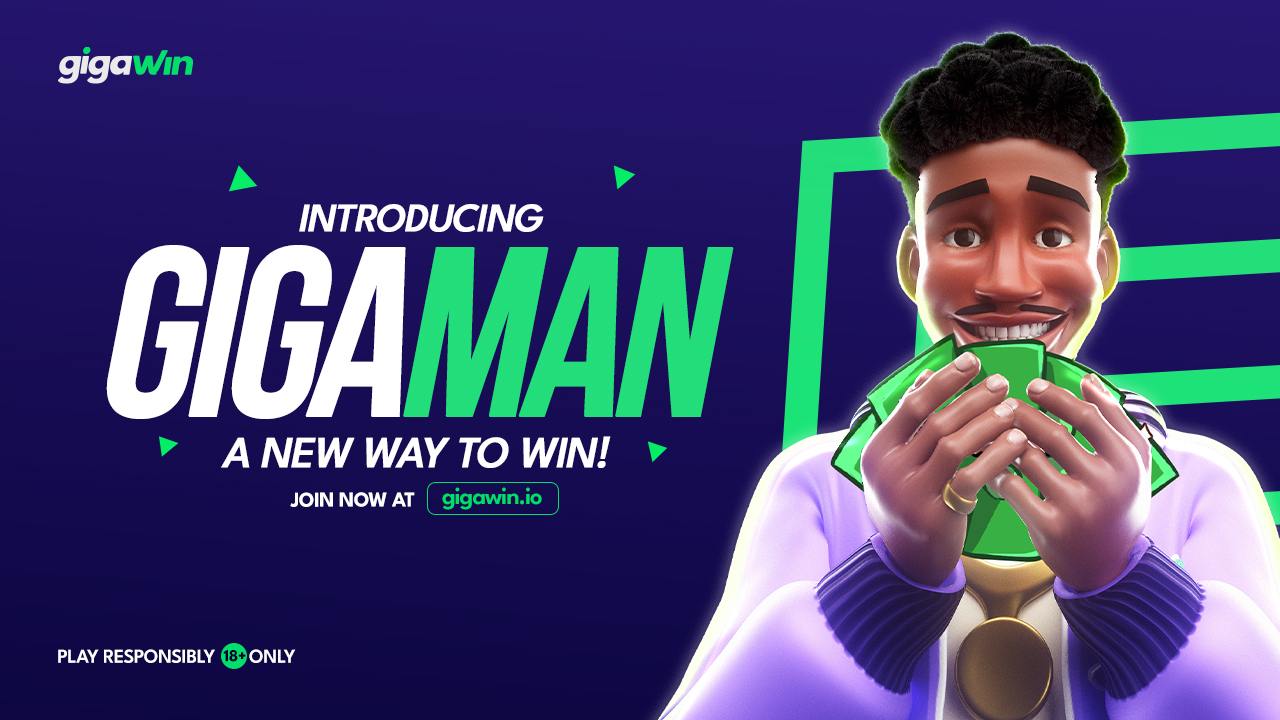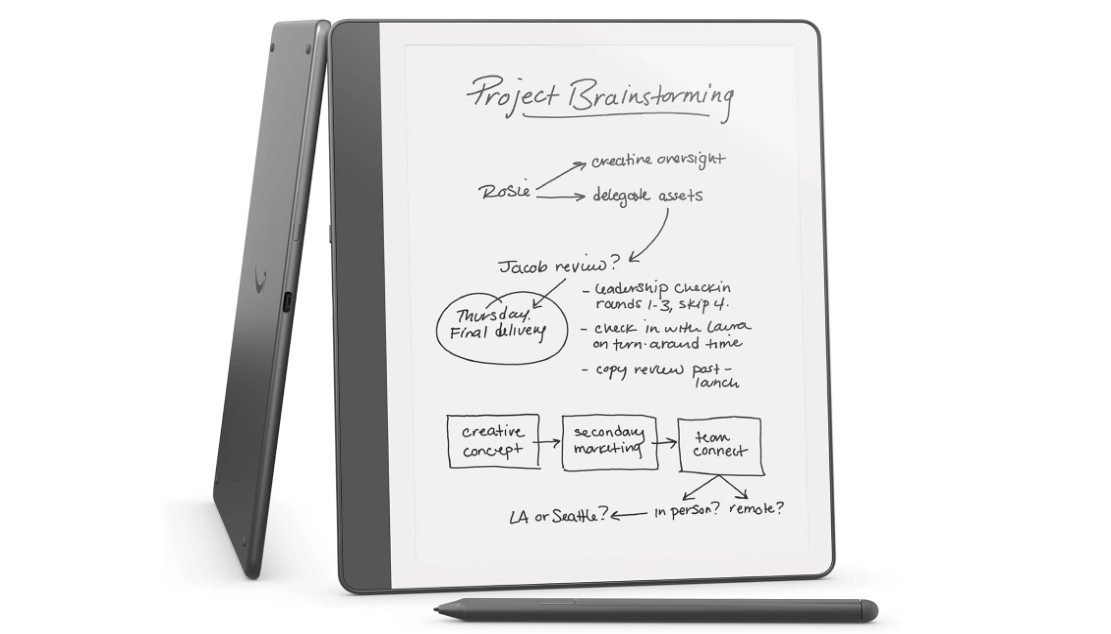The Future of Audio and Video Transcription: AI, Machine Learning, and Real-Time Solutions
In an increasingly digital world, the need for efficient and accurate transcription of audio and video content has never been greater. Whether it’s for business meetings, educational purposes, or content creation, the ability to convert video to text quickly and accurately has become essential. With advancements in Artificial Intelligence (AI) and Machine Learning (ML), transcription technology is evolving rapidly, paving the way for more innovative, real-time solutions. This article explores how these technologies are shaping the future of transcription, making it faster, more reliable, and more accessible. The Rise of AI and Machine Learning in Transcription Traditional transcription methods, often relying on […] The post The Future of Audio and Video Transcription: AI, Machine Learning, and Real-Time Solutions appeared first on Phandroid.

In an increasingly digital world, the need for efficient and accurate transcription of audio and video content has never been greater. Whether it’s for business meetings, educational purposes, or content creation, the ability to convert video to text quickly and accurately has become essential. With advancements in Artificial Intelligence (AI) and Machine Learning (ML), transcription technology is evolving rapidly, paving the way for more innovative, real-time solutions. This article explores how these technologies are shaping the future of transcription, making it faster, more reliable, and more accessible.
The Rise of AI and Machine Learning in Transcription
Traditional transcription methods, often relying on human transcribers, can be time-consuming and prone to errors. As a result, businesses and individuals have turned to AI-powered tools to automate and streamline the process. AI and ML algorithms are particularly well-suited for this task because they can analyze vast amounts of data and learn from patterns to improve transcription accuracy over time.
One of the main benefits of using AI in audio to text transcription is the speed at which it works. What used to take hours for a human transcriber can now be done in a fraction of the time, making it ideal for industries with high demands for rapid content delivery. Furthermore, these tools are continuously improving, thanks to the constant learning capabilities of ML. As the technology advances, the need for manual intervention will continue to decrease, with AI taking on an even greater role in providing accurate transcriptions.
Real-Time Transcription: A Game Changer
Real-time transcription is one of the most exciting developments in the field. Traditionally, transcription required a delay between the speech or audio and the text output, but AI-powered systems are now able to provide transcriptions as they happen. This has wide-ranging implications for industries such as media, law, healthcare, and customer service, where quick and accurate transcriptions are crucial.
In live settings, such as interviews, conferences, or webinars, real-time transcription can be used to generate subtitles or create a transcript instantly. This is especially useful for accessibility purposes, allowing those with hearing impairments to follow along with the conversation. Furthermore, real-time transcription eliminates the need for manual post-event editing, saving both time and resources.
Accuracy and Adaptability: The Key to Effective Transcription
While AI has made significant strides, one of the challenges still facing transcription technology is ensuring the accuracy of the output. Factors such as different accents, dialects, background noise, and technical jargon can sometimes make it difficult for AI tools to produce flawless transcripts. However, with continued advancements in natural language processing (NLP) and the use of specialized training datasets, these tools are becoming increasingly adept at handling a wide range of speech patterns and contexts.
Furthermore, machine learning algorithms are adaptable, meaning they can be tailored to suit specific industries or use cases. For example, a transcription tool used in the legal field can be trained to recognize legal terms and jargon, improving the accuracy of transcriptions in that context. Similarly, AI models designed for medical transcription can be fine-tuned to understand medical terminology and abbreviations, enhancing their effectiveness in healthcare settings.
The Role of Speech Recognition in Audio and Video Transcription
A significant aspect of AI-driven transcription is speech recognition technology. By analyzing audio or video content, speech recognition systems can convert spoken words into written text. In the past, these systems were limited by factors such as speaker clarity and background noise, but advances in AI and ML have drastically improved the capabilities of speech recognition tools.
Modern speech recognition systems can identify multiple speakers, distinguish between different accents, and even account for varying speaking speeds. As a result, transcription accuracy has greatly improved, making it a viable option for a wide range of applications, from podcasts and YouTube videos to live broadcasts and corporate meetings.
The Future of Transcription Technology
The future of transcription is closely tied to ongoing advancements in AI and ML. As these technologies continue to evolve, we can expect even greater levels of accuracy, speed, and customization. In the coming years, transcription tools may become so advanced that they will be able to automatically understand context and provide more nuanced transcripts, capturing not just the words, but also the intent behind them.
Furthermore, with the rise of cloud computing and data storage, transcription solutions will become more scalable and accessible to businesses of all sizes. Real-time transcription will become even more prevalent, allowing organizations to incorporate it into their workflows seamlessly. This will open up new opportunities for collaboration, accessibility, and data analysis.
The future of audio and video transcription is being shaped by the powerful combination of AI and Machine Learning. As technology continues to improve, the ability to convert video to text quickly, accurately, and in real-time will revolutionize how we handle and interact with spoken content. From faster turnaround times to more accurate transcriptions and greater accessibility, AI and ML will undoubtedly play a key role in transforming transcription into a more efficient and essential tool for businesses and individuals alike. As we look ahead, it’s clear that transcription technology will continue to evolve, offering even more possibilities for the future.
The post The Future of Audio and Video Transcription: AI, Machine Learning, and Real-Time Solutions appeared first on Phandroid.










































































































































































![[The AI Show Episode 144]: ChatGPT’s New Memory, Shopify CEO’s Leaked “AI First” Memo, Google Cloud Next Releases, o3 and o4-mini Coming Soon & Llama 4’s Rocky Launch](https://www.marketingaiinstitute.com/hubfs/ep%20144%20cover.png)
























































































































































































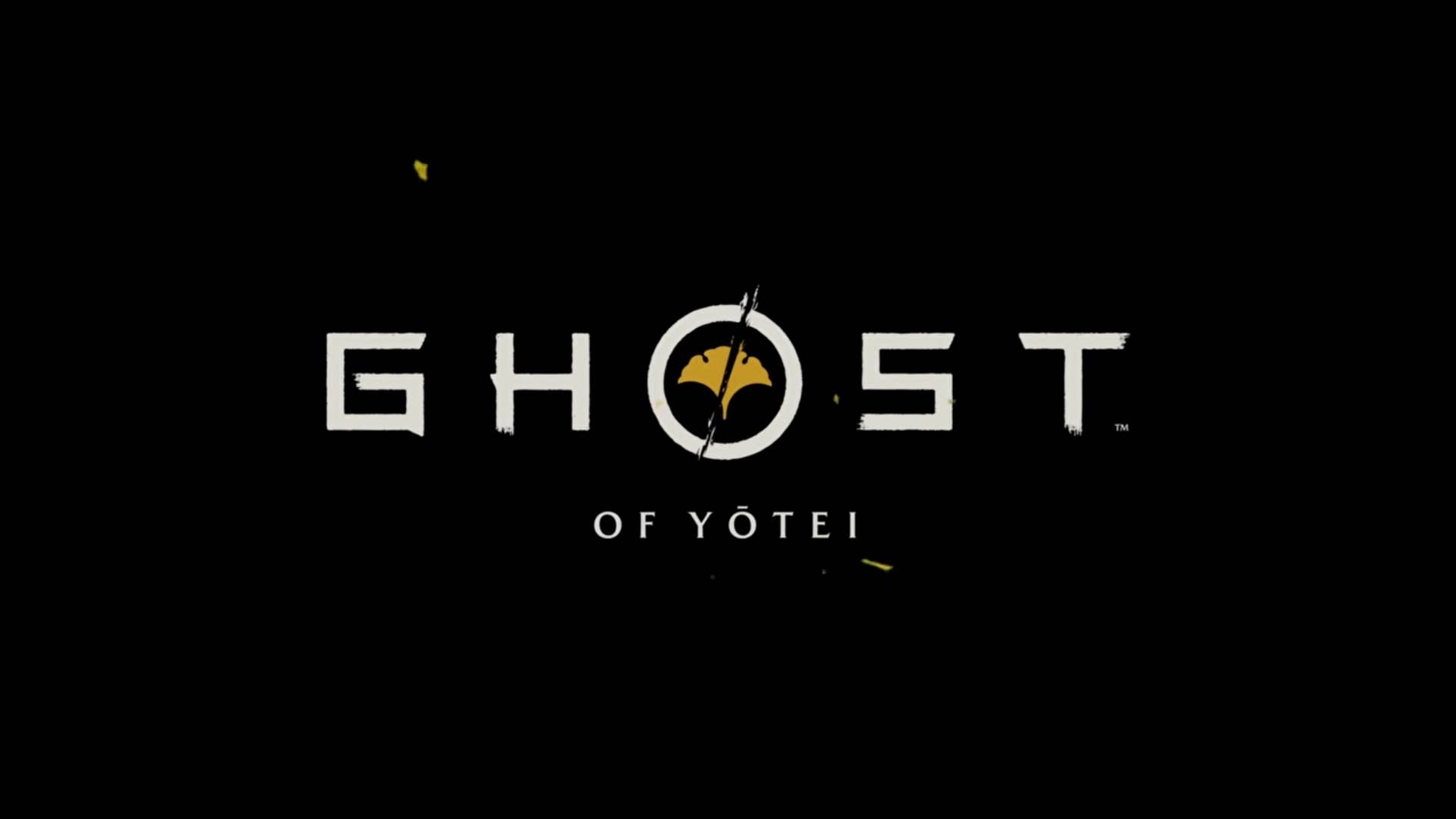
.jpg?width=1920&height=1920&fit=bounds&quality=70&format=jpg&auto=webp#)




















































nintendodirect_nintendoswitch2–4.2.2025(2).jpeg?#)























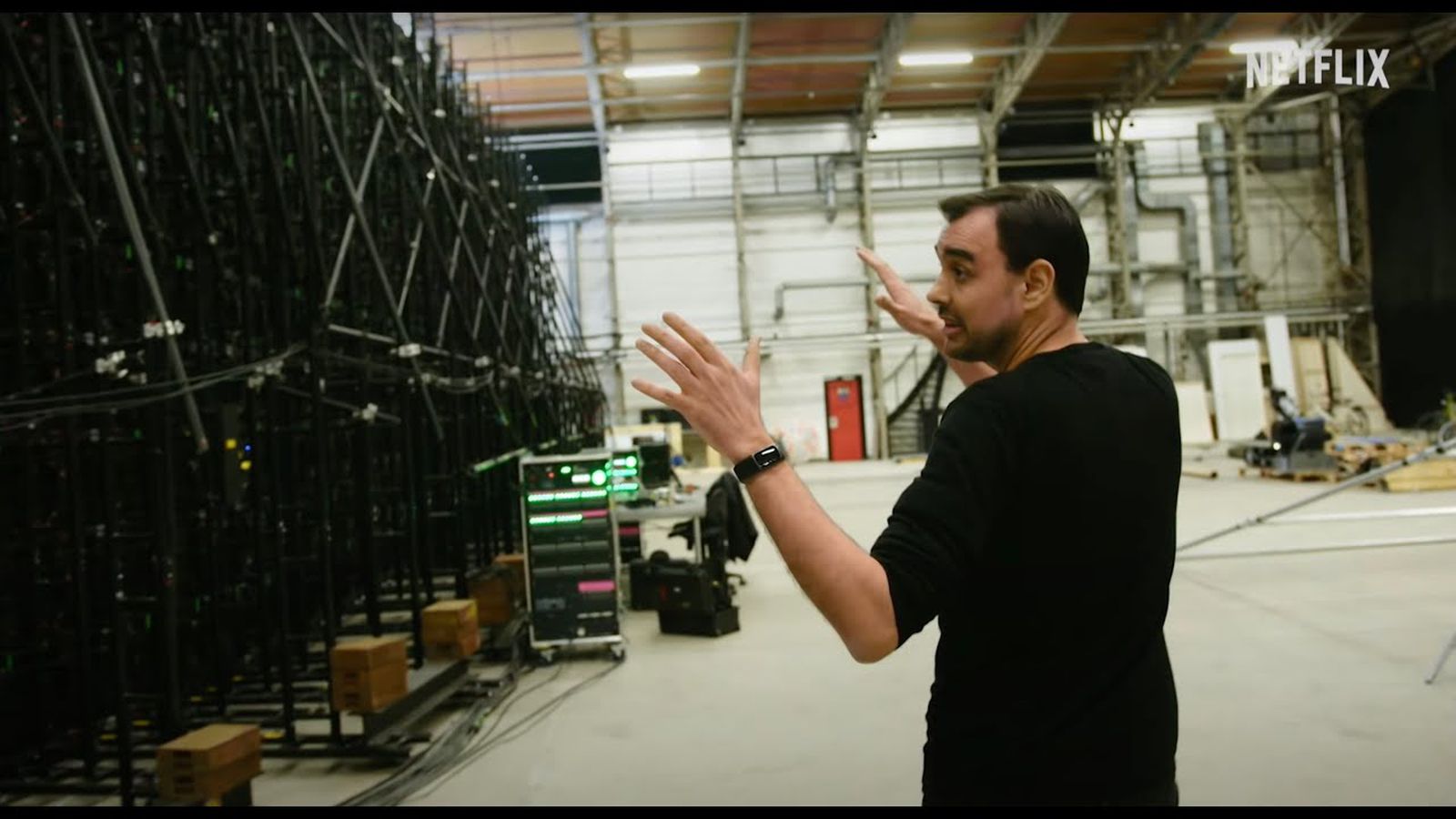









_Wavebreakmedia_Ltd_FUS1507-1_Alamy.jpg?width=1280&auto=webp&quality=80&disable=upscale#)



























































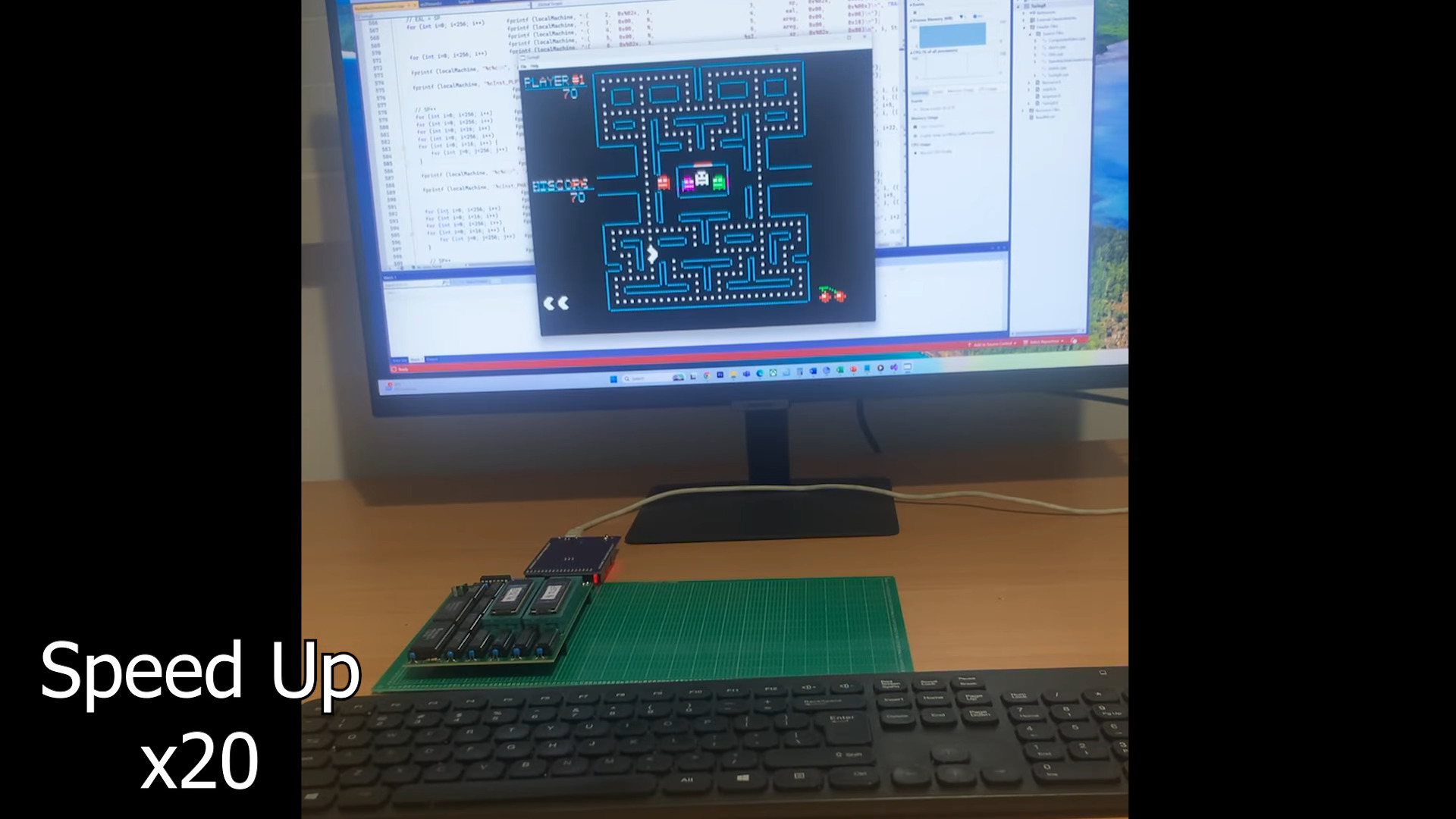
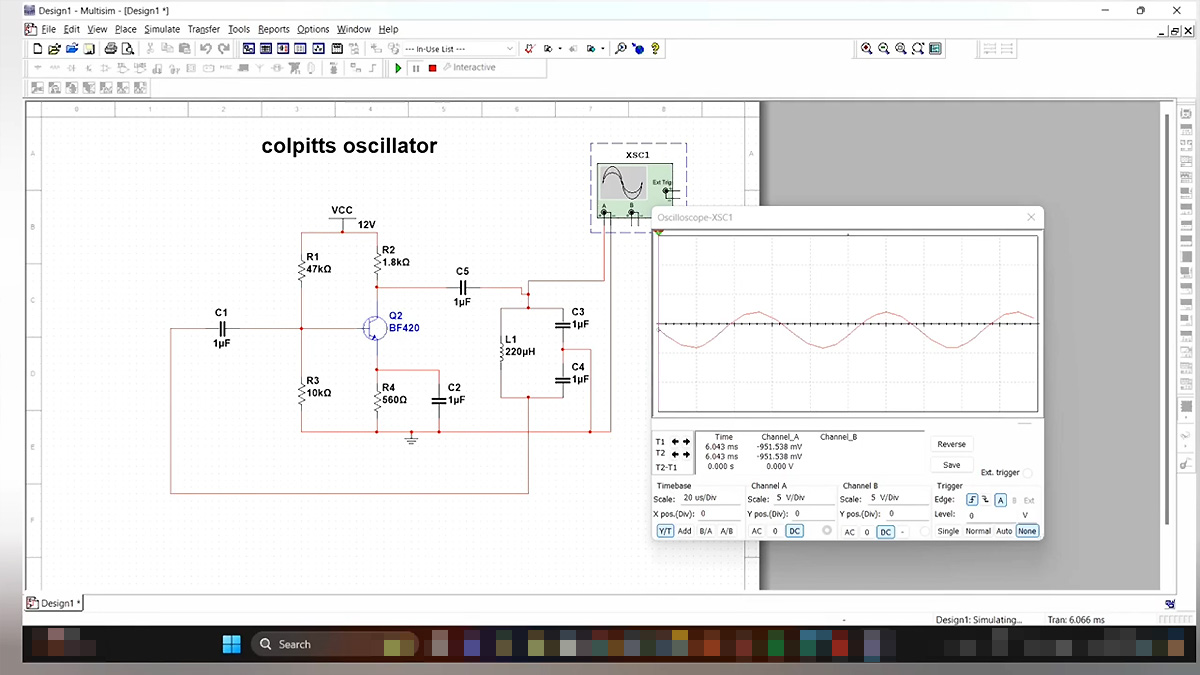



























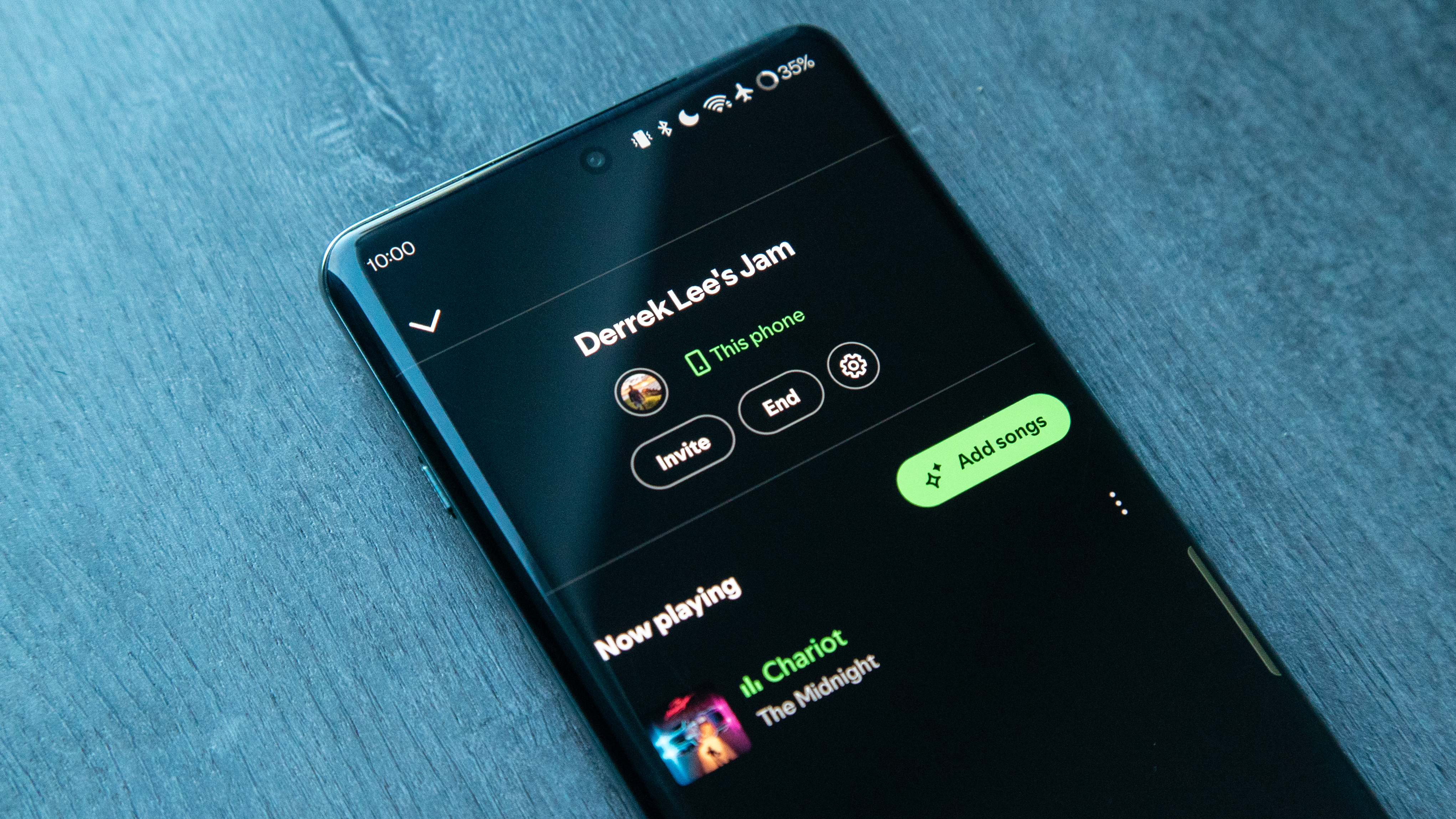



























![Hands-On With 'iPhone 17 Air' Dummy Reveals 'Scary Thin' Design [Video]](https://www.iclarified.com/images/news/97100/97100/97100-640.jpg)
![Mike Rockwell is Overhauling Siri's Leadership Team [Report]](https://www.iclarified.com/images/news/97096/97096/97096-640.jpg)










































